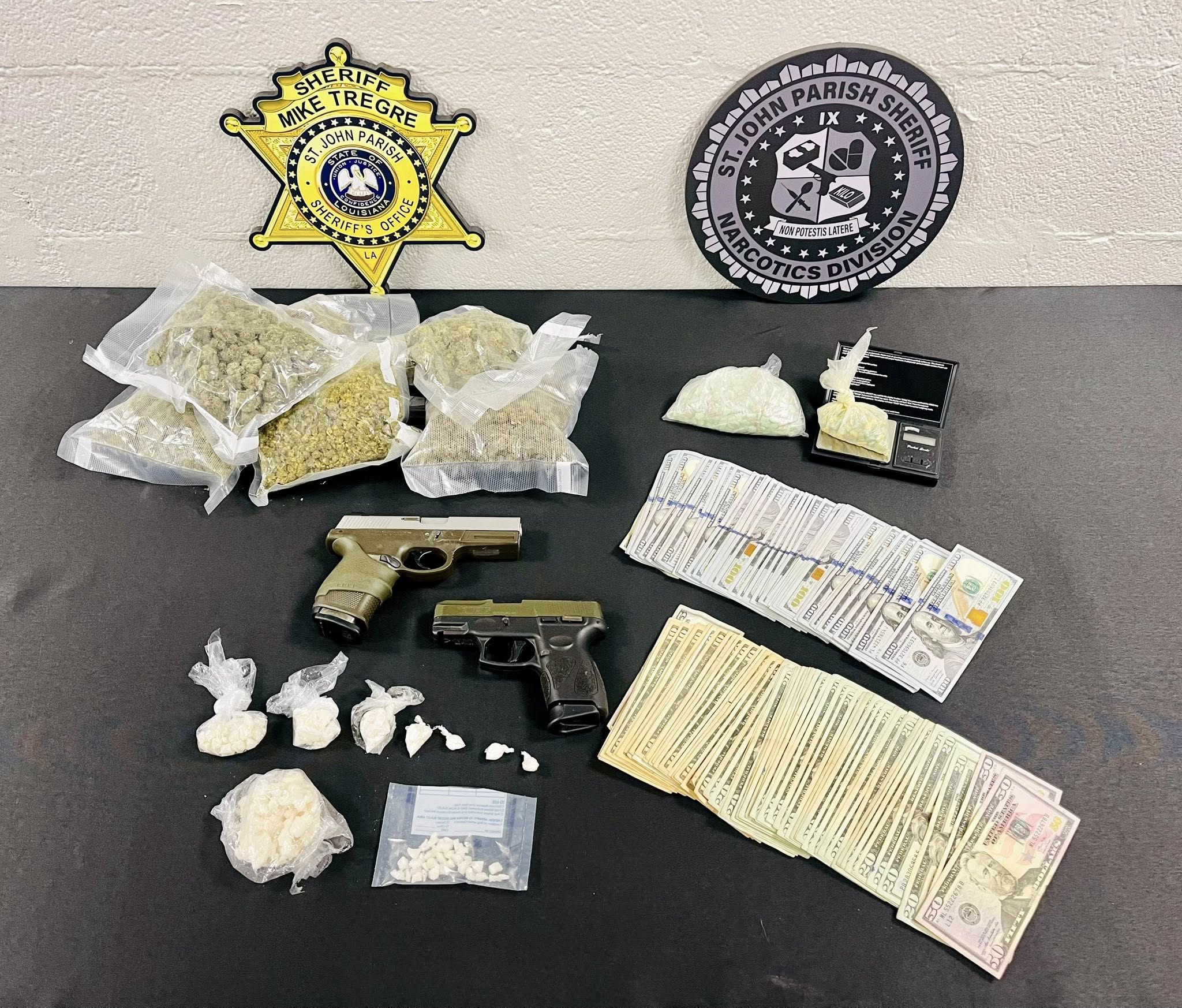A muddy Sunday for Classic runners
Published 12:00 am Wednesday, July 10, 2002
By ROBERT L. LEE
NORCO – Scheduled for Sunday July 21, the Great Spillway Classic Trail Run is expected to bring at least 1,000 runners of all backgrounds, who enjoy three things, a race, natural scenery and mud.
The three-mile race is routed over the levee, through the woods and into puddles of mud.
Chuck George, race director, explained the race began with a simple idea. To have a race through a trail in the woods, somewhere. He mentioned this ideas to friend C. J. Mouton, who described a trail in the spillway that motorbikes used, along with some runners.
“We met out there and I brought along a measuring wheel to check the distance,” he said.
“Within a half mile, I slipped down and got all muddy. Parts of the course were two and three feet under water, with a heavy forest canopy, it was a beautiful trail and it came out to three miles exactly. My initial reaction after walking the course the first time was that if runners liked this as much as I did, it will take off and quickly become one of south Louisiana’s largest races.”
The spillway race has taken off, from an initial race of 78 runners in 1988, to a loyal following and a growing number of runners topping 1,000 participants. The next year, the response had generated more than 250 participants for the second annual run.
“The response is immense with runners coming in for the race from several states. Due to its unique nature, the response by way of post race letters, e-mails and posted photos is greater than any other that I direct annually (35 races),” he explained.
The Great Spillway Classic Trail Run begins at 8 a.m. at the Bonnet Carre Spillway boat launch pavilion in Norco, only a few steps from Airline Highway. The types of participants are staggering, composed of all levels, ages and sexes. George said people usually think that such a race would consist of primarily male runners, however, the bulk of the participants are average runners looking to experience something different.
“My two children have been participating in the race for nearly five years,” said George. “They love to get muddy if it’s wet.”
As far as course safety, there is a pre-race cleanup, where committee members check for glass, metal or similar hazards. Weeds are also cut down along the course to help eliminate contact with poison ivy.
“We want participants to have the opportunity to fall down and get wet and muddy, but not hurt themselves,” he said. “Most of the trail is a sandy bottom and very safe to run on, and if one runner should fall down, could get right back up.”
Running through swampy conditions mixed with wooded areas never fails to bring up the question of snakes, and in this area, even alligators. But George said the bottom line answer he repeats is, “With a thundering herd of over 1,000 runners shaking the earth down the pathway, there is no way that any critter is going to get anywhere near this area during this race. It would be like crossing the path during a freight train.”
The determining factor of whether the course is difficult and muddy, or dry and fast, depends solely on the amount of rainfall during the two weeks prior to the race. The recent rainfall won’t necessarily remain on the course, as it can dry up in a matter of days. The last two years the race was dry and fast, offering runners limited opportunities to enjoy the full, muddy experience. The race will be run rain or shine, and only delayed under conditions of direct area lightening, a tornado, a hurricane, or if the spillway gates are opened.
George said when the gate were open the one time several years ago, he and some committee members attempted to walk the course to see about how difficult it would be for the race, which was only one month away.
“We abandoned the walk when the water on the course went above our heads about a quarter mile into the pathway,” he said.
Although flooded by eight feet of water, the excess water ran off the course and had a minimal effect on the trail.





